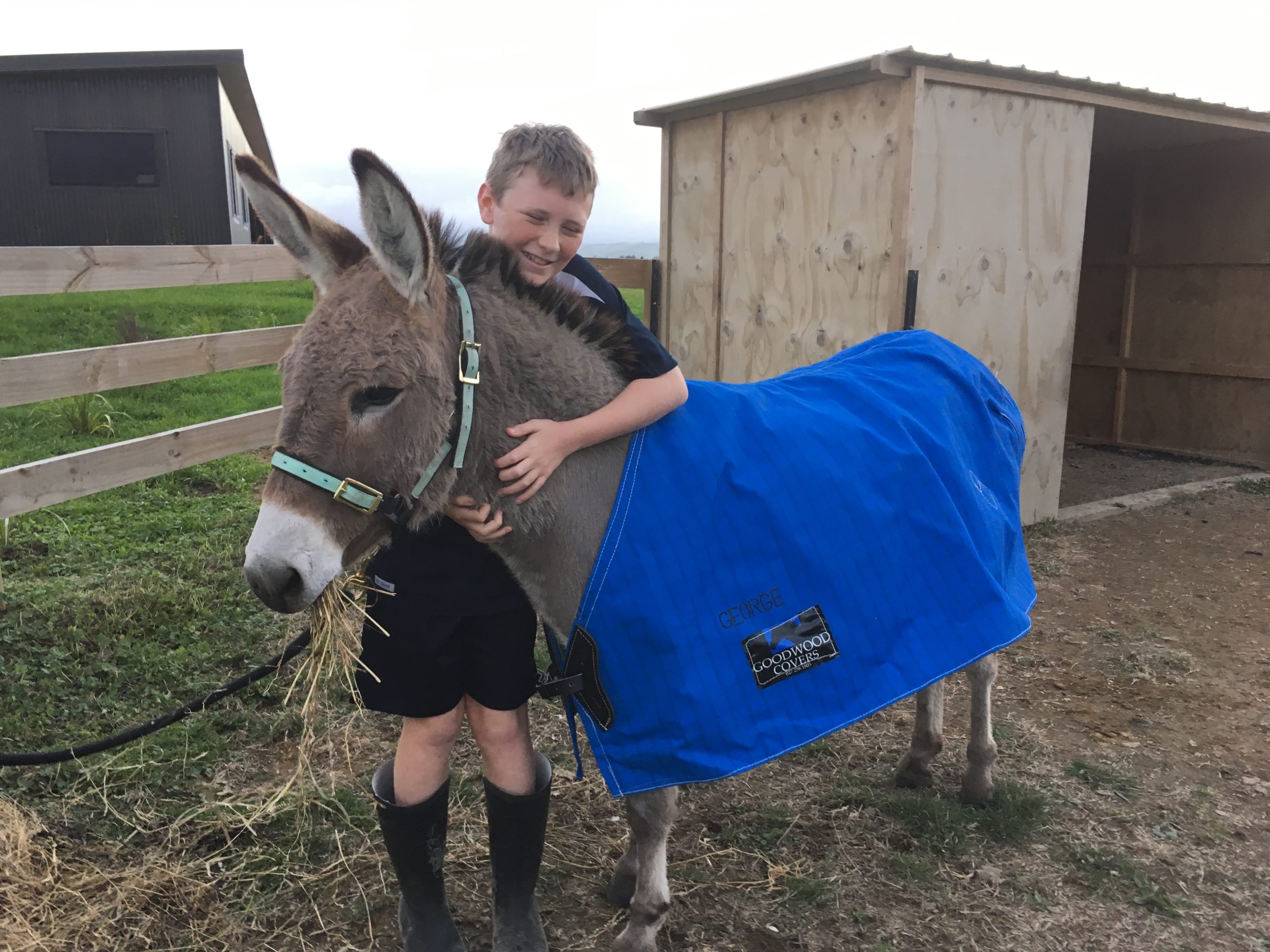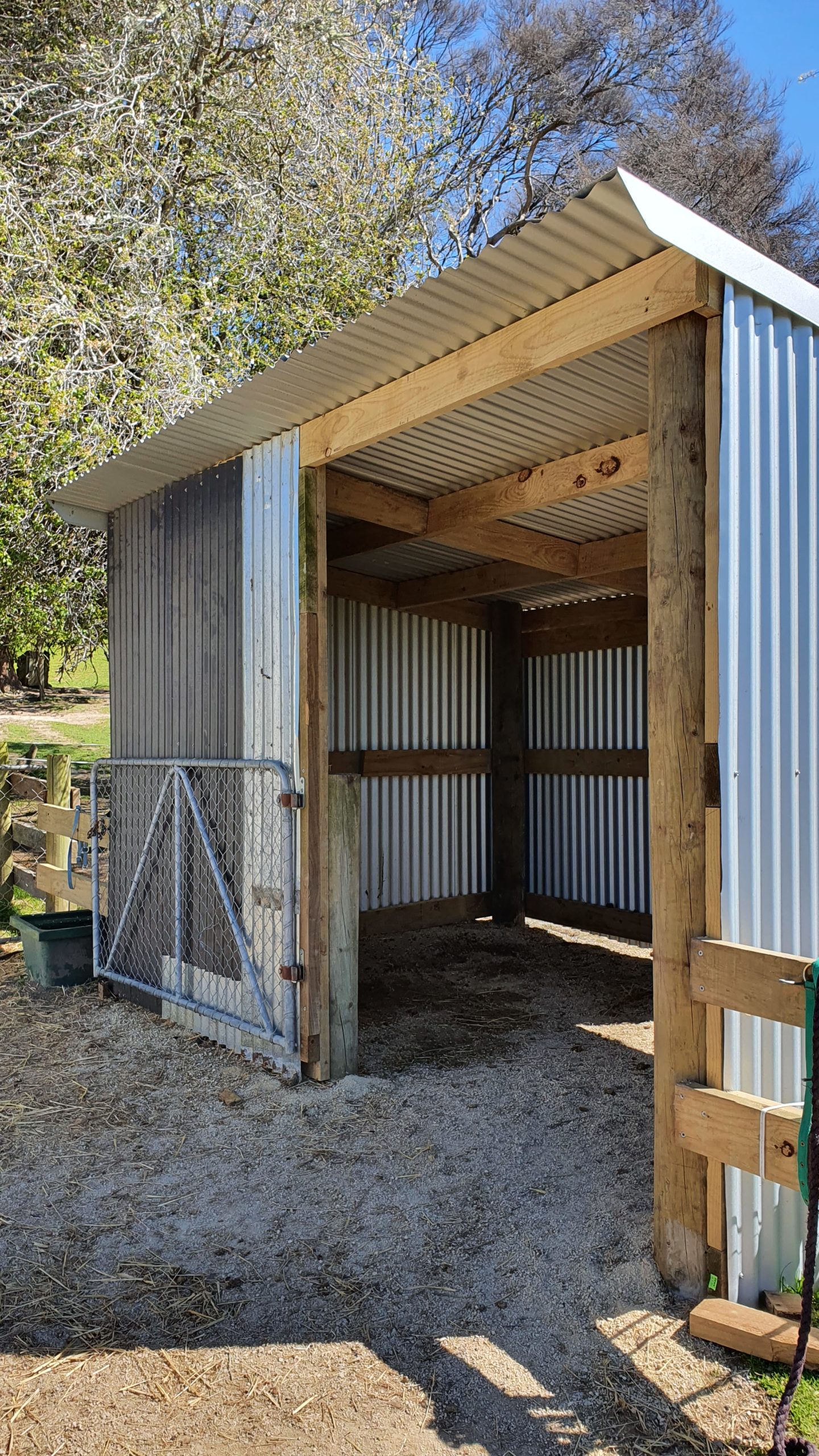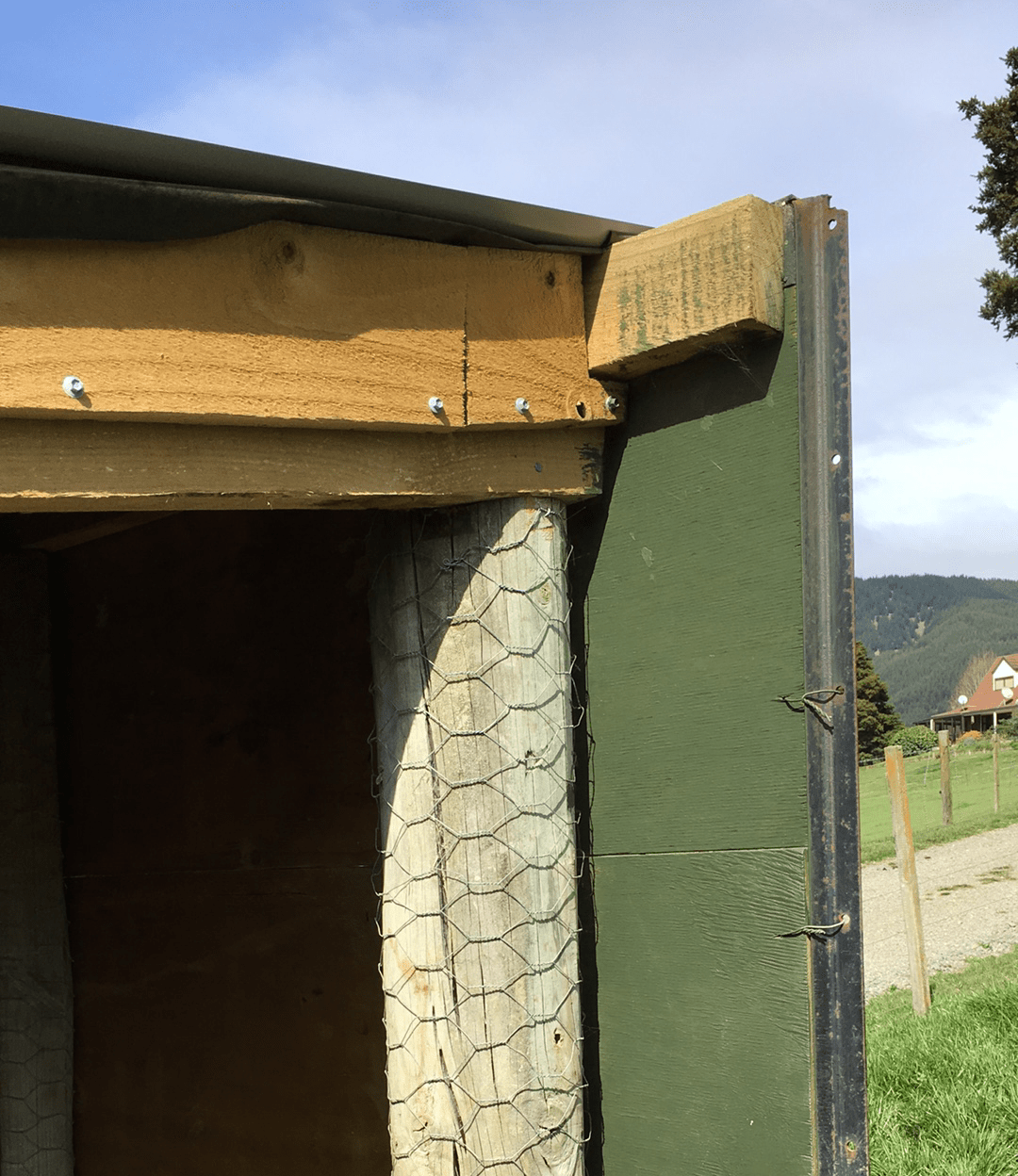Shelter for your Donkey
Sheds, stables, or a stand of trees, your donkeys’ shelter needs to be fit for purpose. That purpose will be defined by weather conditions, the temperature, time of year and the age and health of the donkeys.Shelter for your Donkey
One of the main differences between donkeys and horses is that donkeys do not have oil in their coats and therefore the rain really soaks into their coat rather than beading off it like it does on a horse.
For this reason, all donkeys should have free access 24 /7 to a shelter of some sort. Not only does this provide them with that most important cover from inclement weather such as rain and wind but also gives them a place of shade in the summer if there are no trees.
Sheltering sheds can vary in size and shape but a regular three sided, roofed shed is ideal. Key features of the shed are height – around 2m high is sufficient, width – it needs to be wide enough to take at least two donkeys comfortably, and safety – ensuring there is nothing they can hurt themselves on.
The best flooring for your shed is lime. This creates a dry area for donkey feet rather than dirt which, should it get wet and turn to mud, can result in foot abscesses. Wood chips or shavings are not recommended as donkeys enjoy chewing on wood and this is a very easy way for them to get colic when the wood compacts in their digestive tract. All it takes is for the donkey to chew mouthful or two. Other alternatives are sand and straw.
You can create a raised floor to minimise the risk of water coming in and an old piece of carpet does wonders when the entrance to your shed is getting very boggy during winter.
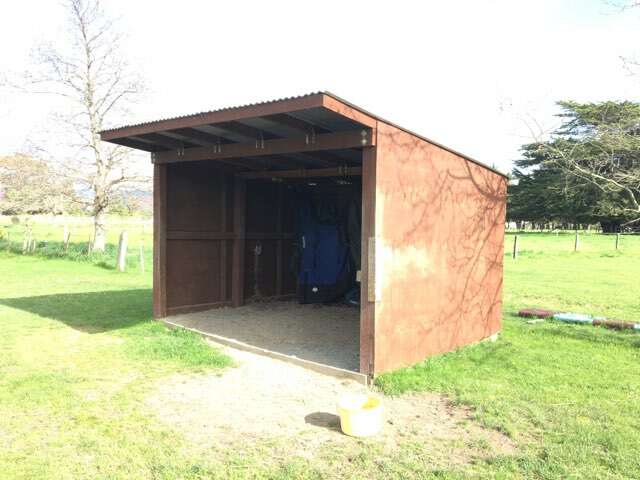
Whatever flooring you decide to use, be aware that donkeys will toilet in their sheds. This can make it rather unpleasant each morning when mucking out. A thick floor of lime will absorb most of the urine whereas other flooring types will not. The urine will though compact the lime over time so every 2-3 years you may need to (and want to) put down some more lime.
Another recommendation is to include a part wall down the front of the shed. This protects the donkeys from the wind and gives better options for shade in the summer. You will often find that donkeys will tuck themselves around the corner and pop out just their heads.
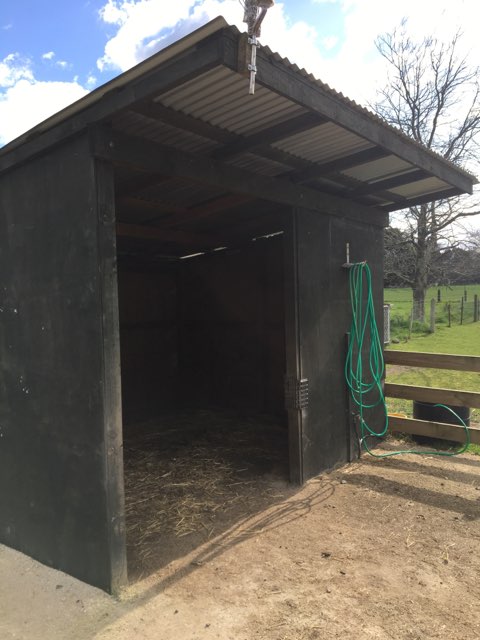
A two sided shed can also work. If the sides are facing the prevailing winds then a couple of donkeys can be happy standing along each wall looking out at the view while staying warm and dry.
Or, depending on the number of donkeys, and where your weather comes from, you could go the other way and create a more accommodating shelter like this one at Brightwater Sanctuary and RRC.

As mentioned donkeys love to chew on wood so be prepared for the timber framing to potentially have a few teeth marks. Suggestions for minimising this include painting used oil on the timber, or a manure mix made of water and manure, or even mix some chilli flakes with Vaseline and smear that on. Alternatively, covering exposed timber with wire netting can deter any nibbling by donkeys on their shelter.
Depending on your paddock set-up, you may also find it helpful to have a door in the rear of the shed or to the side for ease of access, particularly as the front may get a little boggy with the comings and goings of donkeys in wet weather.
While sheds are always preferable to rugs, if you are diligent about putting them on and off at the right times and in the right conditions, then rugs are acceptable but not the best option for donkeys.
Trees and rugs can work in combination to provide shelter and shade. But we strongly recommend getting a shed. While the shed is an initial capital outlay, not only is it the best option for your donkeys, it can save you a lot of time and hassle. A shed allows your donkey to self -manage and will make for a happier donkey.
Sheds can also create an opportunity to exercise your donkeys and give them interesting activities to occupy themselves when the weather is bad. If the shed is not in the paddock your donkeys are grazing in, make a long electric fence race back to the shed which provides them a reason to exercise. Hang their hay in a hay bag in the shed, so they have to work at getting it but leave their water supply outside away from the shed so they have to dash out for a drink when they need one.
Finally a shed with a view can make all the difference for your donkeys. Donkeys like nothing better than to watch their humans as they go about their day, or to see when something interesting happens like a visitor or a special delivery.
What a way to spend a wild windy or soggy wet day than with tail-ends tucked inside the shed sheltered and dry, heads out and ears pricked forward, watching the world go by.
